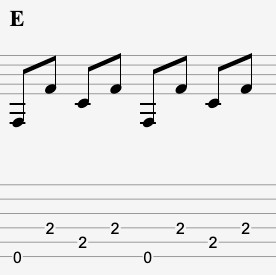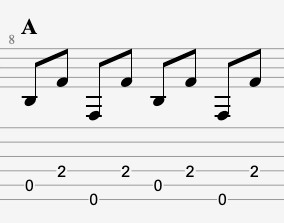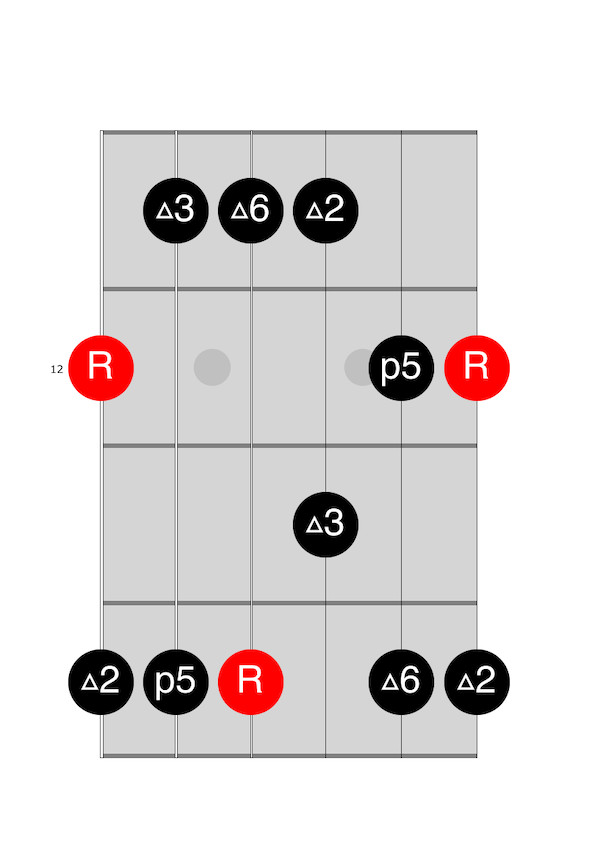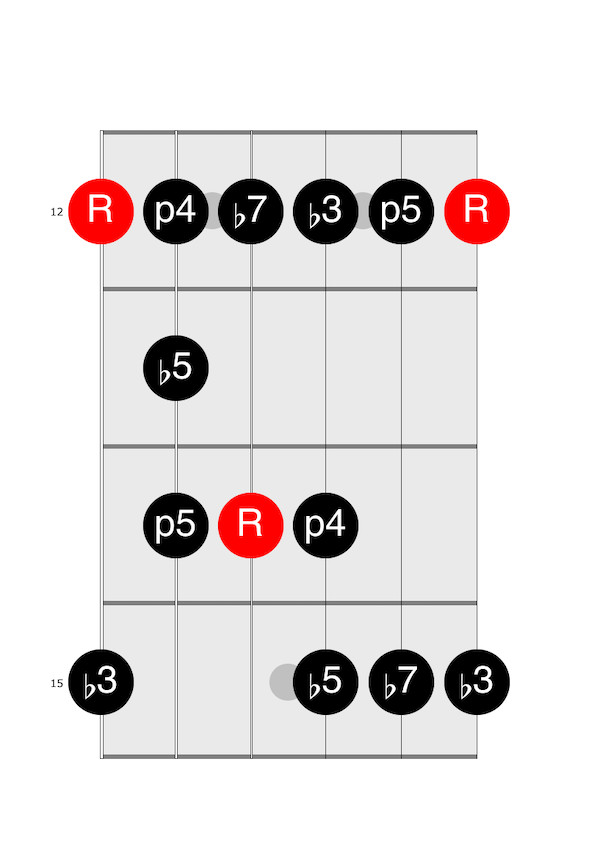Do you want to learn how to play “Folsom Prison Blues” on the guitar? At guitarplayers.net, we’ll break down the chords, strumming patterns, and even some cool soloing techniques so you can start playing this Johnny Cash classic today. Get ready to explore essential guitar skills and boost your musical journey with our step-by-step guide, perfect for any guitar player.
1. What is “Folsom Prison Blues” About?
“Folsom Prison Blues” tells the story of a prisoner filled with regret, longing for freedom, and reflecting on life’s choices. Johnny Cash wrote this iconic country and blues song, released in 1955, which captures themes of remorse and redemption. Inspired by prison performances and folk tunes, it resonates with listeners worldwide.
Cash’s 1968 live performance at Folsom State Prison, recorded on the album “Johnny Cash at Folsom Prison,” further cemented the song’s cultural impact. This performance brought an authentic connection to the song’s themes, making it a powerful statement about empathy and the human condition.
2. What Chords Do I Need to Play “Folsom Prison Blues”?
To play “Folsom Prison Blues,” you’ll need three essential chords: E, A, and B7. These chords are fundamental in the key of E major and form the backbone of the song’s 12-bar blues progression, offering a solid foundation for aspiring guitarists.
- E: Strum all six strings.
- A: Play from the 5th string down.
- B7: Play from the 5th string down.
Here’s a breakdown of each chord’s role:
| Chord | Function | Notes |
|---|---|---|
| E | I (Tonic) | E, G#, B |
| A | IV (Subdominant) | A, C#, E |
| B7 | V (Dominant) | B, D#, F#, A |
3. What is the Chord Progression for “Folsom Prison Blues”?
“Folsom Prison Blues” uses a 12-bar blues progression, common in many blues songs. Understanding this progression is key to mastering the song and opening doors to countless other blues tunes, making it an invaluable skill for any guitarist.
Here’s the progression:
- E (4 bars)
- A (2 bars)
- E (2 bars)
- B7 (2 bars)
- E (2 bars)
Start by playing each chord in whole notes, strumming once per bar and counting to 4. Ensure you strum each chord right on the one to maintain the rhythm. This foundational approach will solidify your timing and coordination, essential for more complex strumming patterns.
4. How Easy is “Folsom Prison Blues” to Play on Guitar?
Playing the basic chords and strumming pattern of “Folsom Prison Blues” is quite easy. However, mastering the boom-chick rhythm like Luther Perkins requires more practice, offering a satisfying challenge for guitarists looking to refine their technique.
5. How Do I Play the “Boom-Chick” Strumming Pattern in “Folsom Prison Blues?”
The “boom-chick” rhythm, popularized by Luther Perkins, involves palm muting to create a percussive sound, which adds an authentic feel to your playing. This technique is a staple in many of Johnny Cash’s songs, making it a valuable skill for any guitarist interested in country and rockabilly styles.
Palm muting involves lightly resting the palm of your picking hand against the strings near the bridge. This dampens the vibrations, creating a muted tone.
To play the boom-chick rhythm:
- Start with the E chord.
- Use an alternating bass pattern: 6-4-5-4 (string 6, string 4, string 5, string 4 in that order).
- When you switch to the A chord, change the pattern to 5-4-6-4.
- For the B7 chord, use the 5-4-6-4 pattern, but shift your middle finger from the 2nd fret on the 5th string to the 2nd fret on the 6th string on beats 2 and 4.
 E strumming pattern
E strumming pattern
 A strumming pattern
A strumming pattern
6. What Scales Should I Use to Solo in “Folsom Prison Blues”?
To solo in “Folsom Prison Blues,” start with the E major pentatonic scale and the E minor blues scale. These scales provide a foundation for creating bluesy and engaging solos, allowing you to express your musical creativity.
- E major pentatonic scale
- E minor blues scale
The E major pentatonic scale can be played at the 12th fret:
 E major pentatonic 12th position
E major pentatonic 12th position
The E minor blues scale can also be played in the same position:
 Em Blues Scale 12th position
Em Blues Scale 12th position
7. What Soloing Techniques Can I Use in “Folsom Prison Blues”?
Several soloing techniques can enhance your performance of “Folsom Prison Blues”. Incorporating repetitive figures, bluesy strumming, and fragments of the song’s melody can create engaging solos, allowing you to express your creativity and add depth to the song.
Repetitive figures, or licks, add familiarity and catchiness.
Bluesy strumming can be a compelling addition to your solo. Strumming introduces a rhythmic and textural element, complementing the lead aspects.
 Folsom Prison Blues Lick 2
Folsom Prison Blues Lick 2
Incorporating fragments of the song’s melody establishes a strong connection between the solo and the song, creating a sense of familiarity for the listener.
8. What is the Significance of Luther Perkins’ Guitar Style in “Folsom Prison Blues?”
Luther Perkins’ guitar style is pivotal to “Folsom Prison Blues,” marked by his signature “boom-chick” rhythm, enhancing the song’s unique sound. His use of palm muting and alternating bass patterns created a distinctive percussive effect, making his style instantly recognizable and influential in country and rockabilly music.
According to Guitar Player Magazine, Perkins’ minimalist approach and focus on rhythm provided the perfect backdrop for Johnny Cash’s vocals. His style wasn’t about flashy solos; it was about creating a solid, driving rhythm that supported the song.
9. Why is “Folsom Prison Blues” Considered an Iconic Song?
“Folsom Prison Blues” is considered an iconic song because of its compelling narrative, Johnny Cash’s distinctive baritone voice, and Luther Perkins’ unique guitar style. The song’s themes of regret, longing, and redemption resonate universally. Its inclusion in the Rock and Roll Hall of Fame’s 500 Songs that Shaped Rock and Roll highlights its lasting impact on music history.
10. How Can I Improve My Guitar Skills Further After Learning “Folsom Prison Blues?”
After mastering “Folsom Prison Blues,” continue to enhance your guitar skills by exploring more complex blues progressions, experimenting with different strumming patterns, and learning new scales. Also, practice transcribing guitar solos from your favorite songs to develop your ear and expand your musical vocabulary.
Further Learning Opportunities
| Resource | Description |
|---|---|
| Online Guitar Lessons | Platforms like guitarplayers.net offer structured lessons for all skill levels. |
| Music Theory Books | Dive into music theory to understand chord construction, scales, and progressions. |
| Guitar Workshops and Clinics | Attend workshops to learn from experienced guitarists and interact with fellow musicians. |
| Jam Sessions | Participate in jam sessions to apply your skills in a live setting and learn from others. |
| Transcription Exercises | Transcribe guitar solos from recordings to improve your ear and learn new techniques. |
| Exploring Different Genres | Expand your musical horizons by exploring genres like jazz, rock, and classical guitar. |
| Joining a Band or Music Group | Collaborate with other musicians to enhance your playing and performance skills. |
| Regular Practice Routine | Establish a consistent practice routine to maintain and improve your skills. |
| Seeking Guidance from a Guitar Teacher | Work with a private guitar teacher for personalized instruction and feedback. |
11. What are Some Common Mistakes to Avoid When Playing “Folsom Prison Blues?”
When playing “Folsom Prison Blues,” avoid rushing the tempo, neglecting palm muting, and using incorrect finger placement for chords. Rushing can disrupt the song’s rhythm, while failing to palm mute diminishes the authentic sound. Correct finger placement ensures clear and accurate chord voicings.
According to Guitar World, common mistakes include:
- Rushing the Tempo: Maintain a steady, deliberate pace to capture the song’s feel.
- Incorrect Palm Muting: Ensure your palm lightly rests on the strings near the bridge to achieve the muted, percussive sound.
- Improper Finger Placement: Double-check your finger positions to ensure clean and accurate chord voicings.
12. How Does “Folsom Prison Blues” Reflect Johnny Cash’s Personal Experiences?
“Folsom Prison Blues” reflects Johnny Cash’s empathy towards incarcerated individuals, stemming from his performances in prisons and his understanding of their struggles. This connection added depth and authenticity to his performance, resonating with audiences and making the song a powerful statement about human experience.
13. Can I Use a Capo to Play “Folsom Prison Blues?”
Yes, you can use a capo on the 1st fret to play “Folsom Prison Blues” in the key of E. This allows you to use familiar chord shapes while matching the song’s original key, making it easier to play along with recordings.
14. What Equipment Do I Need to Play “Folsom Prison Blues?”
To play “Folsom Prison Blues,” you’ll need an acoustic or electric guitar, a pick, and optionally, a capo. An amplifier is useful for electric guitars, and a tuner ensures your guitar is in tune, enhancing your overall playing experience.
Here’s a basic equipment list:
- Guitar: Acoustic or electric
- Pick: Standard guitar pick
- Capo: Optional, for playing in the key of E with easier chord shapes
- Amplifier: For electric guitars
- Tuner: To keep your guitar in tune
15. Are There Any Modern Interpretations of “Folsom Prison Blues” I Should Listen To?
While Johnny Cash’s original remains iconic, exploring modern interpretations can provide fresh perspectives. Artists like Mumford & Sons have covered “Folsom Prison Blues,” blending their unique style with the classic, offering a contemporary twist on the timeless tune.
16. How Does “Folsom Prison Blues” Fit Into the Broader Context of American Music History?
“Folsom Prison Blues” is a cornerstone of American music history, blending country, blues, and folk elements to create a unique sound. Its themes of social commentary and empathy have influenced countless artists, solidifying its place as a culturally significant song.
According to the Country Music Hall of Fame, the song helped to bridge the gap between country and other genres, broadening the appeal of country music.
17. What Other Songs Use a Similar Chord Progression to “Folsom Prison Blues?”
Many songs use the 12-bar blues progression similar to “Folsom Prison Blues.” “Hound Dog” by Elvis Presley and “Sweet Home Chicago” by The Blues Brothers are notable examples, offering opportunities to expand your repertoire and deepen your understanding of blues music.
| Song | Artist |
|---|---|
| Hound Dog | Elvis Presley |
| Sweet Home Chicago | The Blues Brothers |
| Pride and Joy | Stevie Ray Vaughan |
| Born Under a Bad Sign | Albert King |
18. How Can I Make My Guitar Playing Sound More Like Johnny Cash?
To emulate Johnny Cash’s guitar sound, focus on mastering the boom-chick rhythm, using palm muting, and playing with a steady, deliberate tempo. These techniques capture the essence of his distinctive style, allowing you to bring an authentic Cash vibe to your playing.
19. Where Can I Find Accurate Tabs and Sheet Music for “Folsom Prison Blues?”
You can find accurate tabs and sheet music for “Folsom Prison Blues” on reputable websites like guitarplayers.net, Ultimate-Guitar.com, and Musicnotes.com. These resources provide reliable transcriptions, helping you learn the song accurately.
20. What Resources are Available on GuitarPlayers.net to Help Me Learn Guitar?
GuitarPlayers.net offers a wealth of resources, including free guitar lessons, chord diagrams, scale charts, and a community forum. These tools support guitarists of all levels, helping you learn and grow as a musician. You can find everything from beginner tutorials to advanced techniques, all in one place.
Here’s a quick guide to resources on guitarplayers.net:
| Resource | Description |
|---|---|
| Free Guitar Lessons | Step-by-step tutorials for beginners to advanced players. |
| Chord Diagrams | Visual aids for learning and mastering guitar chords. |
| Scale Charts | Charts detailing various guitar scales for soloing and improvisation. |
| Community Forum | A platform for guitarists to connect, share tips, and ask questions. |
| Song Tutorials | Tutorials breaking down popular songs, including chord progressions, strumming patterns, and soloing tips. |
| Gear Reviews | In-depth reviews of guitars, amplifiers, and other guitar-related equipment. |
Start playing “Folsom Prison Blues” today and let the iconic sounds of Johnny Cash inspire your musical journey. Join our community at guitarplayers.net, where you’ll find lessons, tabs, and a supportive network of fellow guitar enthusiasts. Whether you’re just starting or looking to refine your skills, we have everything you need to succeed. For more information, contact us at Address: 1140 Boylston Street, Boston, MA 02215, United States, Phone: +1 (617) 747-2261, or visit our Website: guitarplayers.net.
